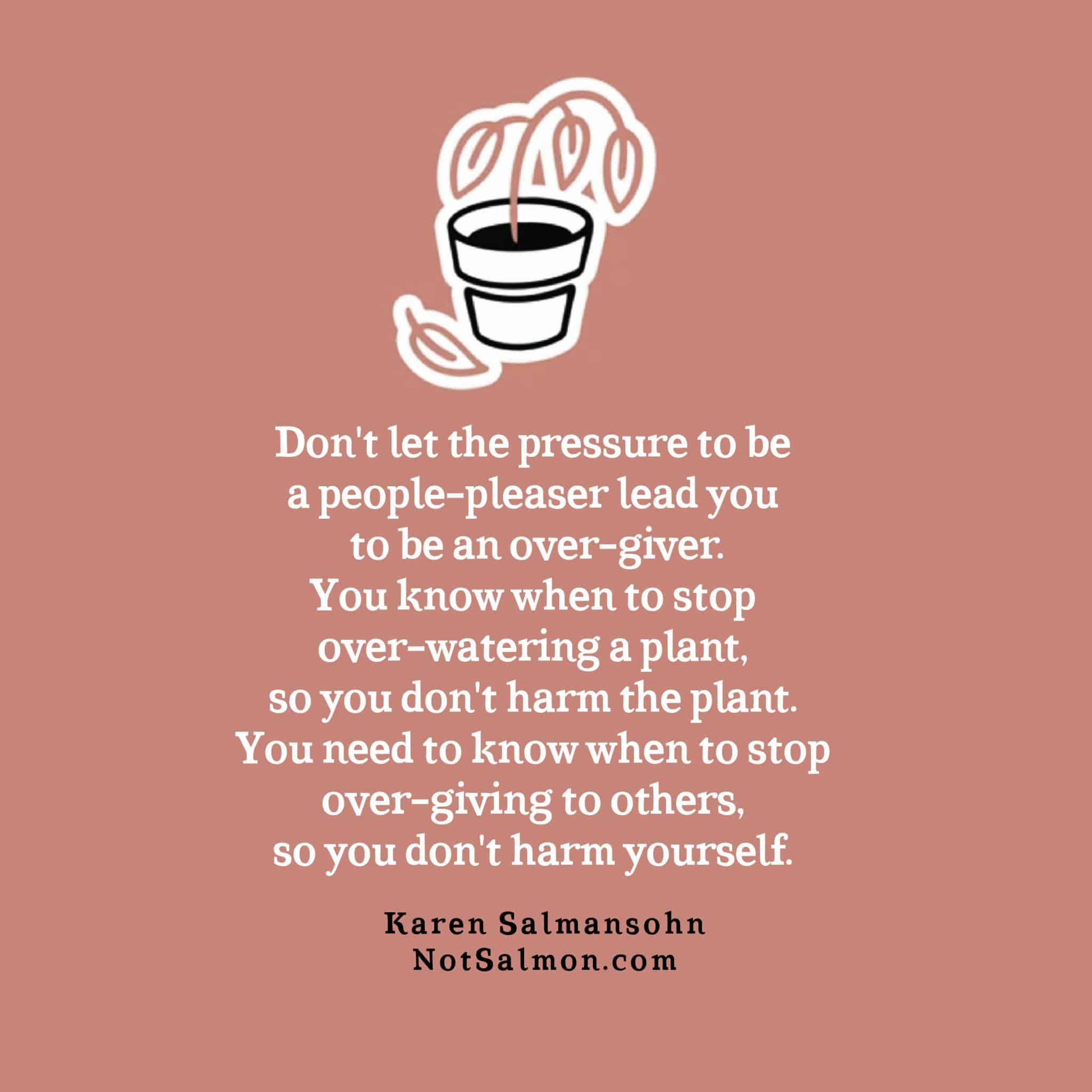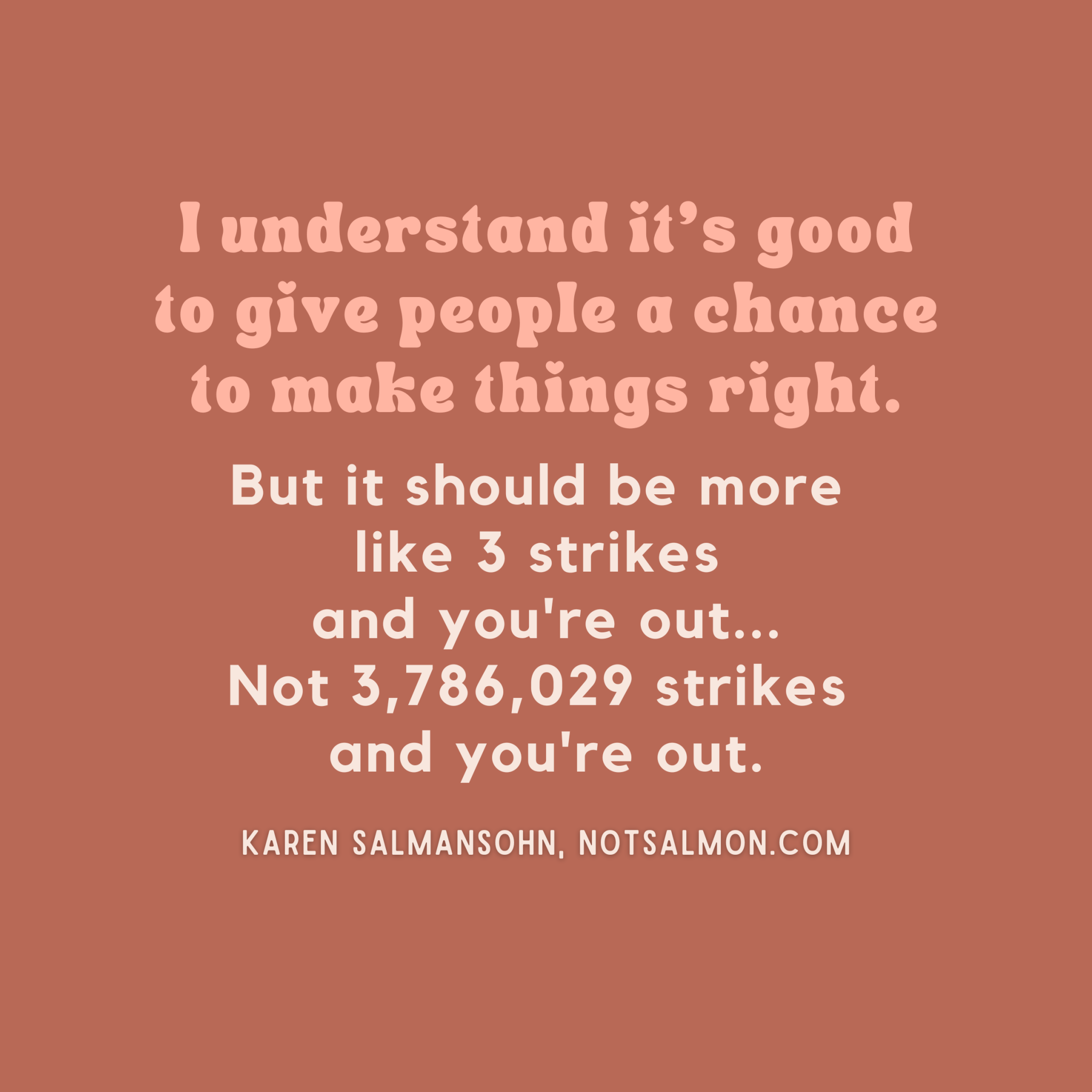 Learn from a bestselling relationship author how to move on from codependence to independence with key psychological strategies.
Learn from a bestselling relationship author how to move on from codependence to independence with key psychological strategies.
Do you ever feel like you’re living in someone else’s shadow, constantly putting their needs before your own? If so, you’re not alone.
Codependence is a common struggle where your self-worth, decisions, and emotions are heavily influenced by others. It’s a painful and often invisible chain that binds many to a cycle of emotional dependency and self-neglect.
But imagine a life where you stand confidently on your own, where your choices reflect your true self, and where relationships complement rather than define you.
This isn’t just a distant dream—it’s an achievable reality. And the journey begins with understanding what codependence is, why it happens, and how you can move towards the empowering realm of independence.
I am here to share five key strategies that can guide you on this transformative path.
I’m sharing this article because I am a bestselling personal development author with about 2 million books sold globally.
I am also the founder of the therapist recommended online course called Broken Heart Recovery.
I love sharing tools to help people enjoy happy relationships.
With this mind, in this article, I will explore how to move on from codependence to independence with key psychological strategies.
What is Codependence?
Codependence is a behavioral and emotional condition where an individual’s sense of purpose and self-worth is tightly entangled with the need to care for, please, or get approval from others.
It often stems from a deep fear of rejection or abandonment, leading to patterns of seeking external validation, while sacrificing one’s needs, preferences, and even well-being for the sake of others.
Why Do People Become Codependent?
This condition can develop from various factors, including childhood experiences, family dynamics, societal pressures, and past traumas.
People who grow up in environments where their emotional needs were neglected or where they had to play the caretaker role often find themselves in codependent relationships later in life.
What is Independence?
Independence is not just the absence of dependence on others. It’s a state of being where you recognize and honor your own needs, values, and boundaries. It is about making decisions based on your own beliefs and desires, not just to please or appease others.
Independence is characterized by self-awareness, emotional resilience, assertive communication, and self-reliance. It leads to a more fulfilling, authentic life – with healthier, more balanced relationships.
5 Strategies to Go From Codependence to Independence
 The goal in life is to enjoy healthy boundaries, self-respect, and the ability to thrive on your own terms.
The goal in life is to enjoy healthy boundaries, self-respect, and the ability to thrive on your own terms.
So coming up are strategies to help you to find the right balance of being connected with others while being true to yourself.
1. Cultivating Self-Awareness: The Mirror of Truth
Self-awareness is the cornerstone of independence.
It’s about understanding your emotions, needs, and motivations.
It is like holding up a mirror to your inner world and acknowledging what you see without judgment.
Assignment: Reflective Journaling
Start a daily practice of reflective journaling. Spend a few minutes each day writing about your thoughts and feelings. Ask yourself:
- “What triggers my codependent behaviors?”
- “How do I feel when I set boundaries?”
- “What are my core values and how can I honor them?”
These reflections can reveal patterns and insights, guiding you towards a more independent self. Explore journaling more – here!
2. Building Emotional Resilience: Weathering the Storms
Emotional resilience is key to independence. It’s about developing the inner strength to bounce back from setbacks and handle life’s challenges with grace.
Assignment: Resilience Training
Engage in activities that strengthen your resilience. This might include mindfulness meditation, physical exercise, or engaging in hobbies that bring you joy. Focus on activities that fortify your mental and emotional well-being. Learn strategies to weather life’s storms better – here!
3. Assertive Communication: Speaking Your Truth
 Assertiveness is not about being aggressive; it’s about expressing your needs and boundaries clearly and respectfully. It’s a vital skill for breaking free from codependency.
Assertiveness is not about being aggressive; it’s about expressing your needs and boundaries clearly and respectfully. It’s a vital skill for breaking free from codependency.
Assignment: Role-Playing Exercises
Practice assertive communication through role-playing exercises with a trusted friend or mentor. Experiment with phrases like:
- “I feel…”
- “I need…”
- “I prefer…”
This practice can boost your confidence in expressing yourself authentically. Learn strategies to speak up for yourself more – here.
4. Nurturing Self-Reliance: The Art of Self-Sufficiency
Self-reliance is about trusting your ability to handle life independently. It’s finding confidence in your decision-making and problem-solving skills.
Assignment: Solo Projects
Take on a project or task that you would typically do with others, and do it solo. It could be something as simple as a DIY home project or planning a solo trip. Celebrate each step you take on your own. Learn strategies to better trust your decision making skills – here!
5. Embracing Interdependence: The Balanced Approach
True independence doesn’t mean shunning all help or connections. It’s about a healthy balance between self-reliance and interdependence. It’s understanding that asking for help is not a sign of weakness, but of wisdom.
Assignment: Seeking Balanced Relationships
Reflect on your relationships. Identify those that feel balanced and those that seem codependent. Work on nurturing the balanced ones and setting boundaries or redefining the codependent ones. Learn the secrets of happy couples – here.
Conclusion: Embracing Your Independent Self
Kudos to you for trying to move from codependence to independence. Remember, this transformation is a process, and every step, no matter how small, is a move towards a more authentic and happy you.
Want extra support? I encourage you to explore working with me 1 on 1 – in a FREE consultation call here.
P.S. Before you zip off to your next Internet pit stop, check out these 2 game changers below - that could dramatically upscale your life.
1. Check Out My Book On Enjoying A Well-Lived Life: It’s called "Your To Die For Life: How to Maximize Joy and Minimize Regret Before Your Time Runs Out." Think of it as your life’s manual to cranking up the volume on joy, meaning, and connection. Learn more here.
2. Life Review Therapy - What if you could get a clear picture of where you are versus where you want to be, and find out exactly why you’re not there yet? That’s what Life Review Therapy is all about.. If you’re serious about transforming your life, let’s talk. Learn more HERE.
Think happier. Think calmer.
Think about subscribing for free weekly tools here.
No SPAM, ever! Read the Privacy Policy for more information.
One last step!
Please go to your inbox and click the confirmation link we just emailed you so you can start to get your free weekly NotSalmon Happiness Tools! Plus, you’ll immediately receive a chunklette of Karen’s bestselling Bounce Back Book!


 Learn from a bestselling relationship author how to move on from codependence to independence with key psychological strategies.
Learn from a bestselling relationship author how to move on from codependence to independence with key psychological strategies. The goal in life is to enjoy healthy boundaries,
The goal in life is to enjoy healthy boundaries,  Assertiveness is not about being aggressive; it’s about expressing your needs and boundaries clearly and respectfully. It’s a vital skill for breaking free from codependency.
Assertiveness is not about being aggressive; it’s about expressing your needs and boundaries clearly and respectfully. It’s a vital skill for breaking free from codependency.